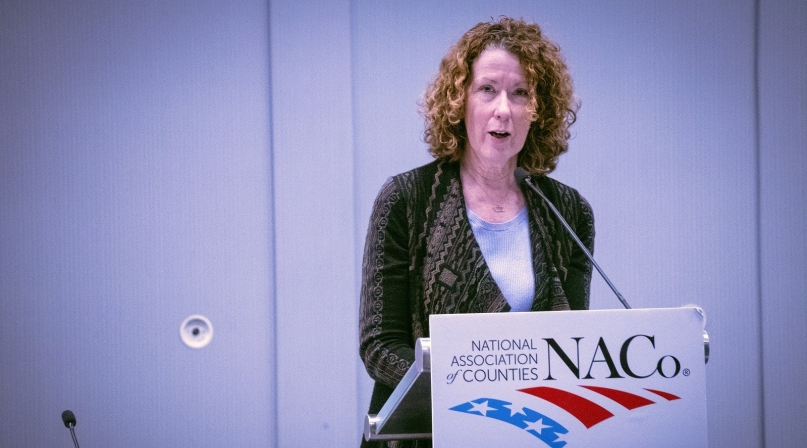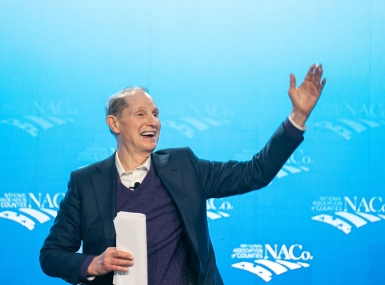Foundation for America's Public Lands promises hope for BLM funding needs

Key Takeaways
At the dinner table with its federal public lands siblings, the Bureau of Land Management is eating last, but it’s getting hungrier.
Even as outdoor recreation grows on territory managed by the U.S.’s largest land owner, its budget remains paltry, and BLM Director Tracy Stone-Manning said that will start to show wear before too long if trends continue. In fiscal year 2021, visits to U.S. public lands increased by more than 10 percent to 80.5 million people.
Learn more
“This rapid rise is putting significant strain on our facilities, roads and infrastructure while also of course having an impact on the lands themselves,” she told the Public Lands Steering Committee Saturday.
“These increases are distributed unequally, with popular sites being inundated while lesser known places remain relatively stable and other yet other places are yet as undiscovered.
“BLM has not been seen or treated as a recreation agency, despite the public discovering us.”
On top of that, her department — the BLM — receives just 79 cents per visitor, compared to $5.20 to the National Park Service and $1.70 for the Forest Service. The latter have long had Congressionally-chartered private partners and now so too will the BLM: The Foundation for America's Public Lands.
“We can direct these efforts to areas with the infrastructure to handle increased visitation, while benefiting gateway communities and creating job opportunities working with the foundation,” Manning said.
BLM and the foundation will hold a series of listening sessions this year to inform the partnership’s strategy.
“You know the communities you represent and the recreational opportunities encompassed by your counties,” she said. “We need that kind of expertise as we work to improve the visitor experience as you can hear we take seriously our role in managing the nation's public lands for current and future generations.”
Manning was optimistic about the Biden administration’s goal to permit projects totaling 25 gigawatts of renewable energy on public lands by 2025, and for the job growth that push will entail.
“It's an aggressive goal that we're going to meet,” she said. “The power and potential of the clean energy future is not something on the distant horizon, it's an undeniable and critical part of the day-to-day work we do now.”
The BLM is updating its environmental impact statement for solar energy in Western states, last done in 2012.
“We have got to get it right,” she said. “We must work with the renewable energy industry to site, design and operate these projects in ways that minimize impacts to our public lands and allow outdoor recreation and other uses to continue. We can only do that well with smart planning to that end.”
Attachments
Related News

House Natural Resources Committee Considers the Endangered Species Act Amendments Act of 2025
On March 6, House Natural Resources Committee Chairman Bruce Westerman (R-AR) introduced the Endangered Species Act Amendments Act of 2025 (H.R. 1897), which makes several important changes to the Endangered Species Act (ESA) and addresses key county concerns.

USFS Begins Disbursement of Revenue Sharing Payments Amid Lapse in SRS Funding
On April 11, the U.S. Department of Agriculture’s (USDA) Forest Service began distributing funds to support public schools and roads in counties containing national forest lands.

